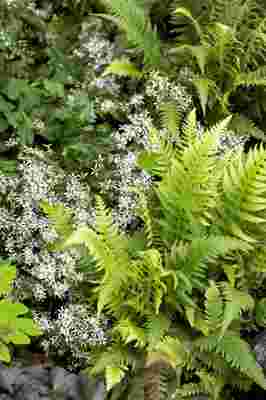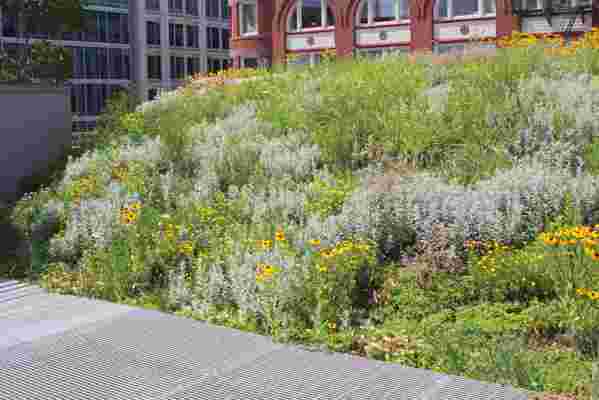Perhaps the greatest challenge facing landscape designers today is the need to balance beauty with environmental concerns. Public institutions and private homeowners want plantings that please the eye and reconnect us to nature, but that also reduce chemical use, filter storm water, sequester pollutants and carbon, cool urban temperatures, and provide habitat. The answer lies in a radical turn away from conventional horticultural practices, declare landscape architect Thomas Rainer and designer Claudia West. In their new book, the lavishly illustrated manifesto Planting in a Post-Wild World: Designing Plant Communities for Resilient Landscapes (Timber Press, $40), the authors advocate crafting communities of compatible species that will cover the ground in interlocking layers. This approach applies broadly, to everything from water features to rooftops and vast acreages to urban backyards. Using detailed examples and simple graphics, Rainer and West make a convincing case for rethinking our relationship to plant design. For a glimpse into their post-wild world, the following slide show highlights their principles of designed plant communities.



